In the heart of a technological revolution, electric vehicles (EVs) are all the rage. With promises of a greener planet and innovations for the future, it's easy to jump aboard the electric bandwagon. Yet, like all good things, they come with their fair share of challenges. Let's break down some of the pitfalls and myths associated with EVs:
1. Initial Sticker Shock
Case in Point: Lucid Motors Cars: Anyone cruising around SoCal will undoubtedly spot the stunning Lucid Motors cars, with their striking lights. But their price? The BASE model, the Pure RWD starts from a hefty $77,400², with leasing options from $749/month for 36 months and a daunting $8,069 due at signing. As for the crème de la crème - the Sapphire, Fully Equipped - it's a whopping $249,000. That's a massive dent for anyone's wallet! Lucid Motors
2. Lack of Charging Stations - Or Even Functional Ones
A concerning headline reads, "Why America’s EV chargers keep breaking." Indeed, many EV chargers across the U.S. malfunction, presenting a major obstacle for the country's shift away from gasoline-powered vehicles. This shortcoming hinders the Biden administration's clean energy ambitions. Read More
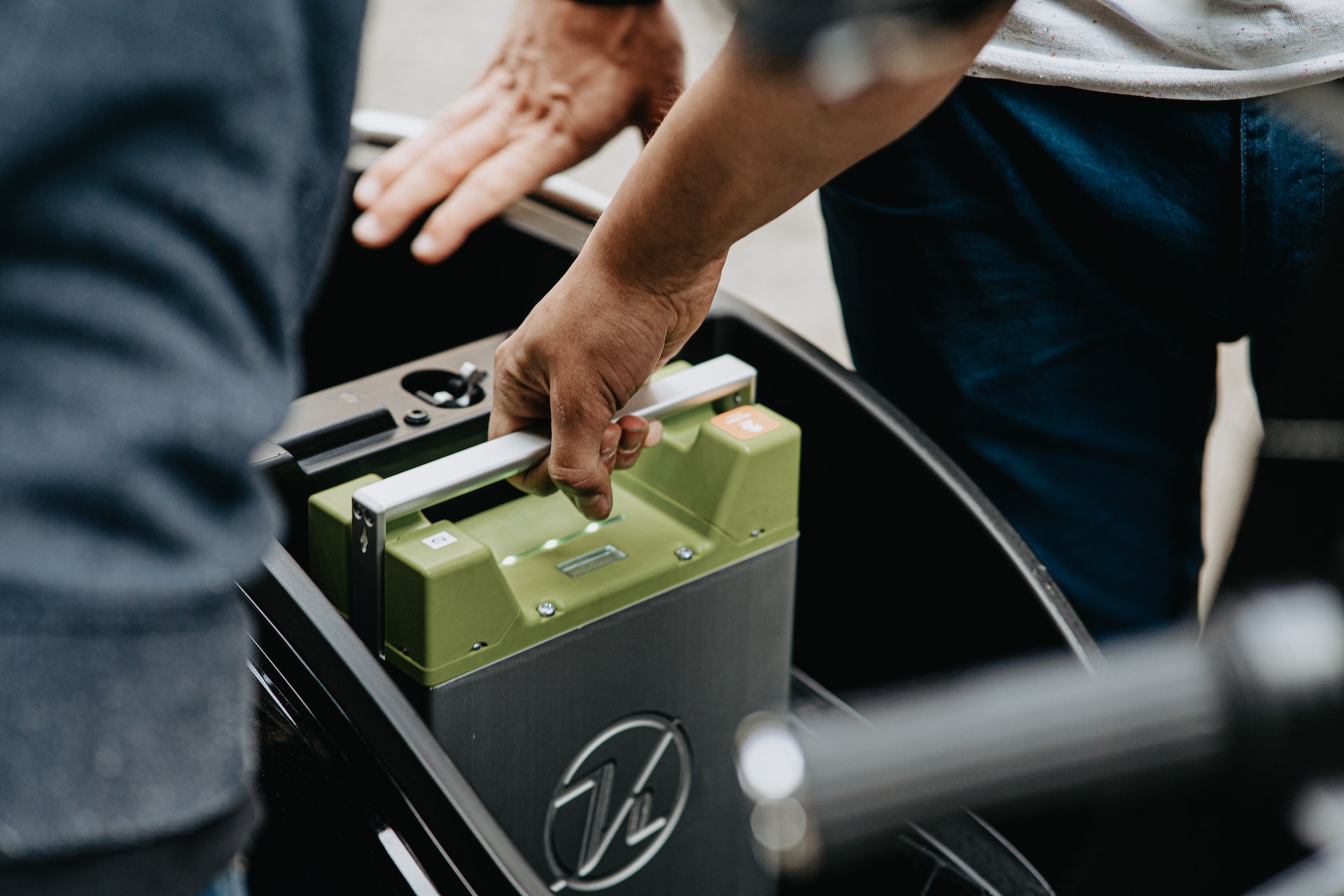
3. Limited Range
One common anxiety among potential EV owners is the range of their vehicles. With traditional gas stations ubiquitously present, gasoline-powered cars have the edge. EVs? Not so much. This limited range can be a significant inconvenience, especially for long-haul journeys.
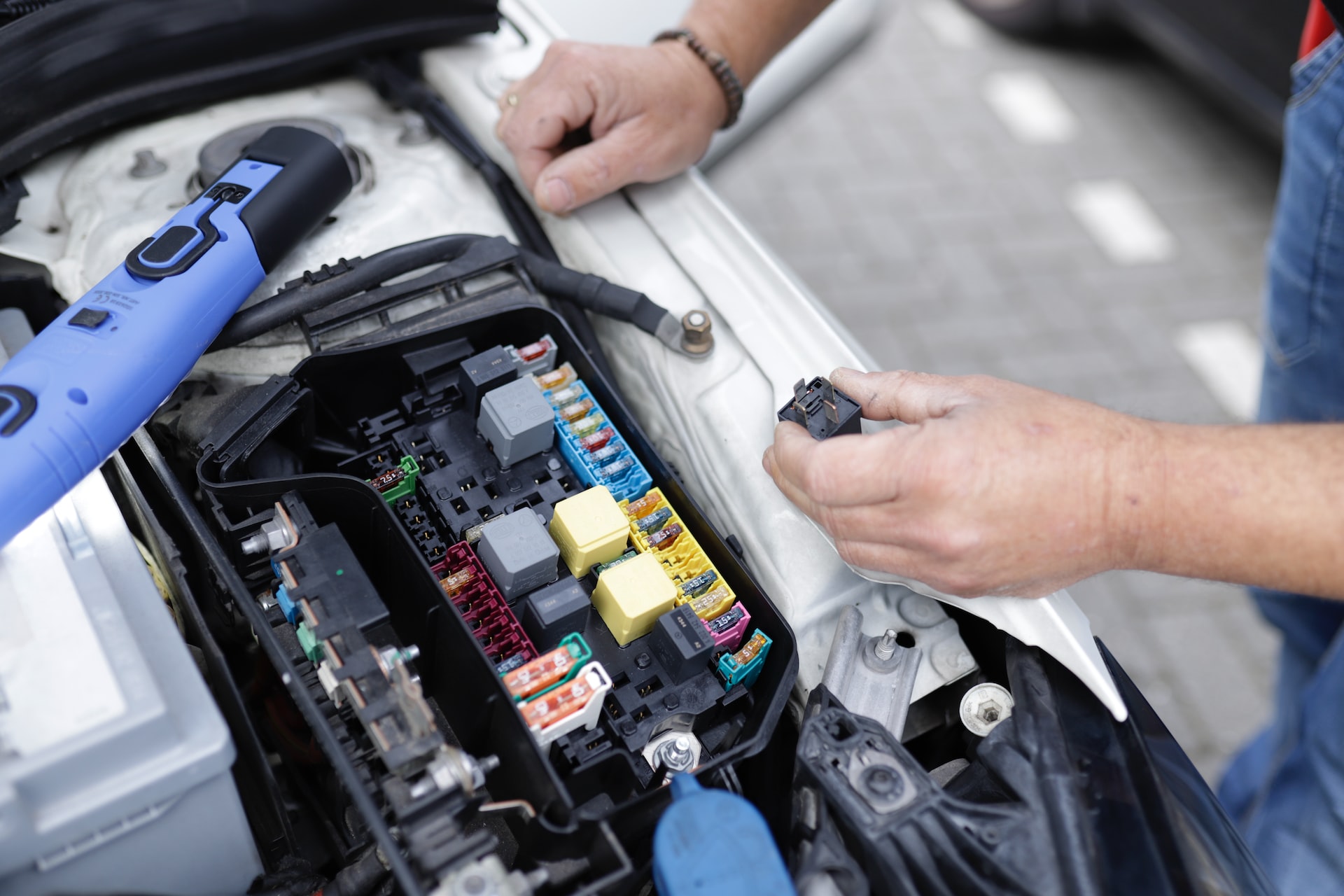
4. Repair Costs
EV broken? Brace yourself for a long wait before a technician can address the issue. A report by Nick Carey highlights the reluctance of garage owners to invest in training and tools for EV repairs, especially given the low prevalence of EVs on the roads. With 400- and 800-volt systems that could electrocute technicians, the risks are real. Add the notorious EV fires that are tough to extinguish, and the reluctance is understandable.

5. False Sense of Satisfaction
Are EVs genuinely the green heroes they're touted to be? The advertisement gloss paints a rosy picture, but what about the hidden environmental costs?
Used battery disposal presents a substantial ecological concern. Moreover, if the electricity charging these vehicles primarily stems from coal, are we just shifting the problem rather than solving it?
6. Electric Cars Aren't All That New
It's a common misconception that electric cars are a novel, futuristic concept, driven by our current eco-conscious era. The reality, however, is quite different. Electric cars have roots dating back over a century, well before their gasoline counterparts took the world by storm.
Let's journey back in time to the origins of electric vehicles, as highlighted by Car and Driver:
The Birth of the Electric Dream: It all began in the 1830s with Scotland’s Robert Anderson. His motorized carriage, built between 1832 and 1839, was an extraordinary feat for its time. But with batteries that weren't rechargeable, it was more of a novel spectacle (“Look! No horse nor ox, yet it moves!”) than a viable transportation option.
The Advent of Electric Locomotives: A fellow Scot, Robert Davidson of Aberdeen, designed an electric locomotive prototype in 1837. An improved version showcased in 1841 was capable of traveling 1.5 miles at a pace of 4 mph, pulling an impressive six tons. However, it required new batteries post-performance. This innovation threatened railway workers, who, fearing for their job security, destroyed Davidson's creation, which he had named Galvani.
Rechargeable Batteries Change the Game: With the invention of rechargeable batteries in 1859, the idea of electric cars became more feasible. Around the late 1880s, Thomas Parker, an inventor in England, worked on electric-powered trams and developed prototype electric cars.
The Spark in America: By the late 1880s, William Morrison, a Scotland-born chemist residing in Des Moines, Iowa, constructed an electric carriage. According to the Des Moines Register, this vehicle, with front-wheel drive, 4 horsepower, and a top speed of 20 mph, made its public debut in a city parade in 1888. Morrison's invention, capable of traveling 50 miles before needing a recharge, was the talk of the town at the 1893 Chicago World’s Fair. While Morrison's primary interest was in the batteries, his invention ignited the ambitions of many inventors to come.
In essence, the history of electric vehicles is rich and deep-rooted. While we often consider them a product of modern technological advances, these vehicles have been part of our transportation tapestry for well over a century. Knowing this history provides a profound appreciation for the strides we've made and the journey ahead.
In conclusion, while electric cars present a fascinating glimpse into the future of transport, they come with their set of challenges. It's crucial to be informed and make choices that align with both individual needs and the broader environment.

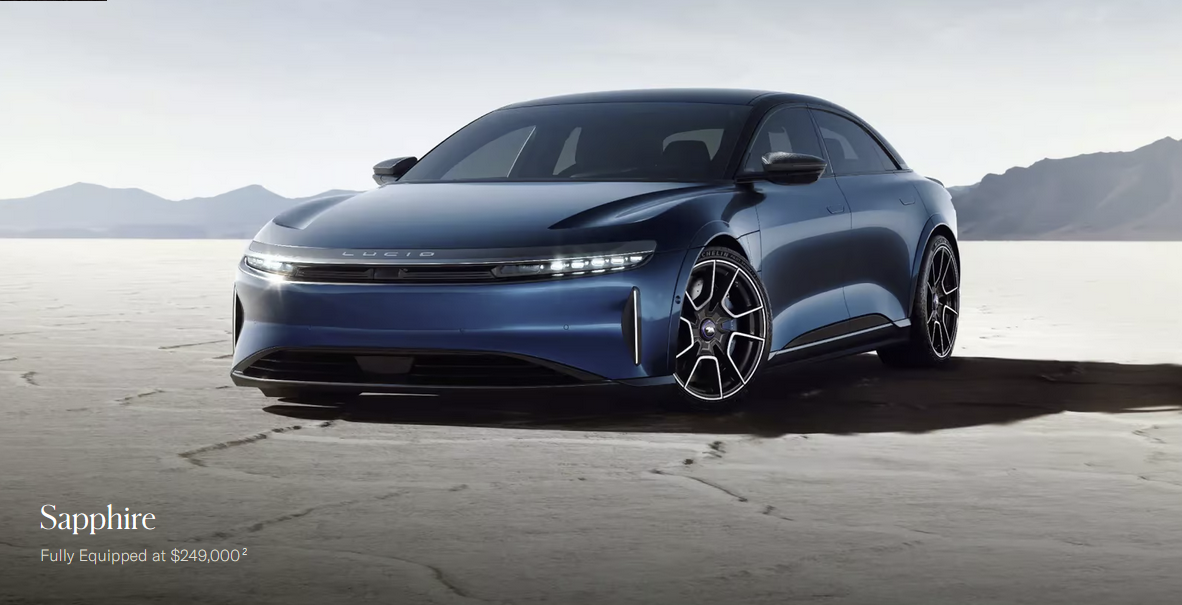
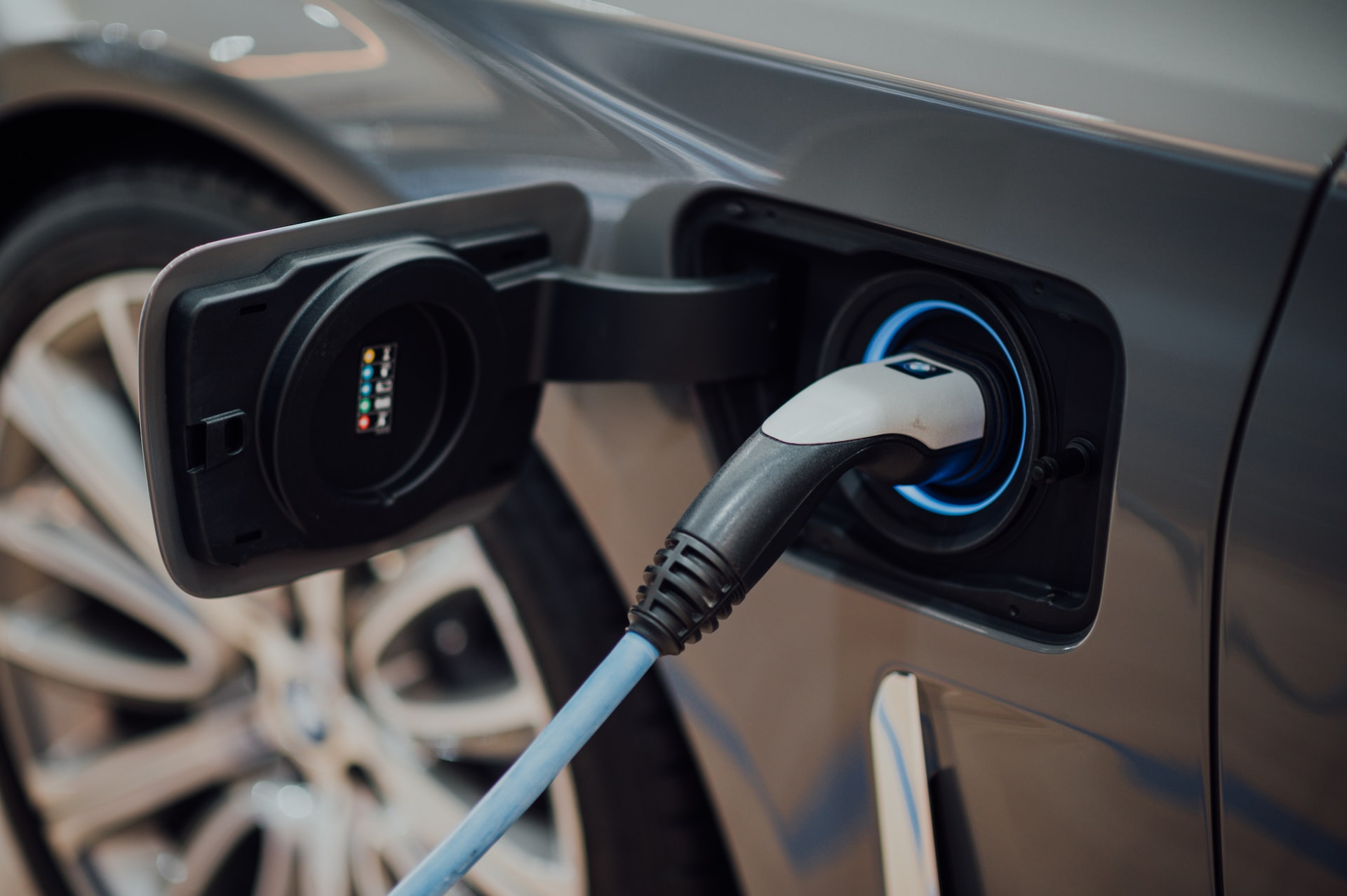
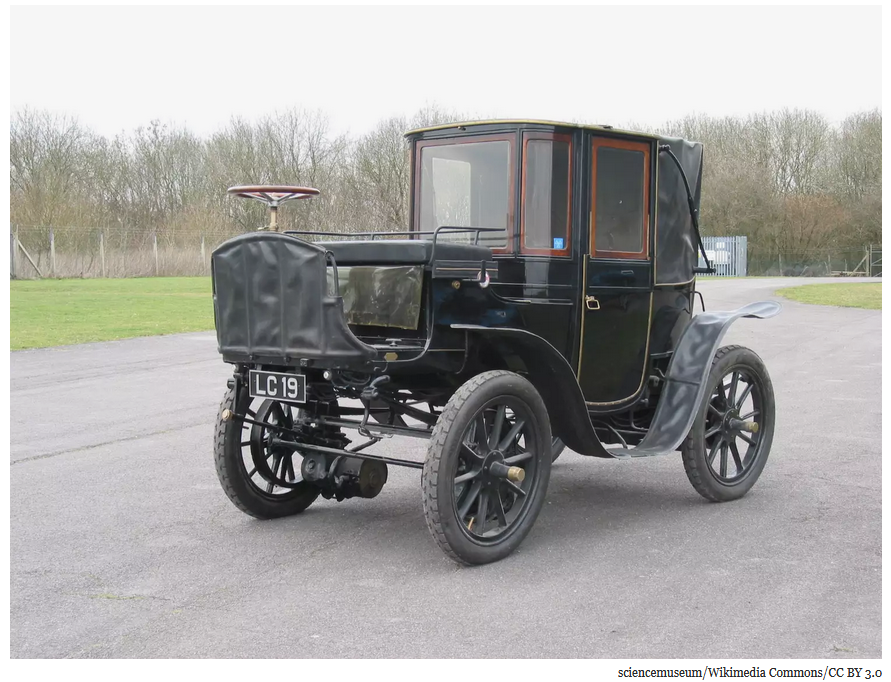
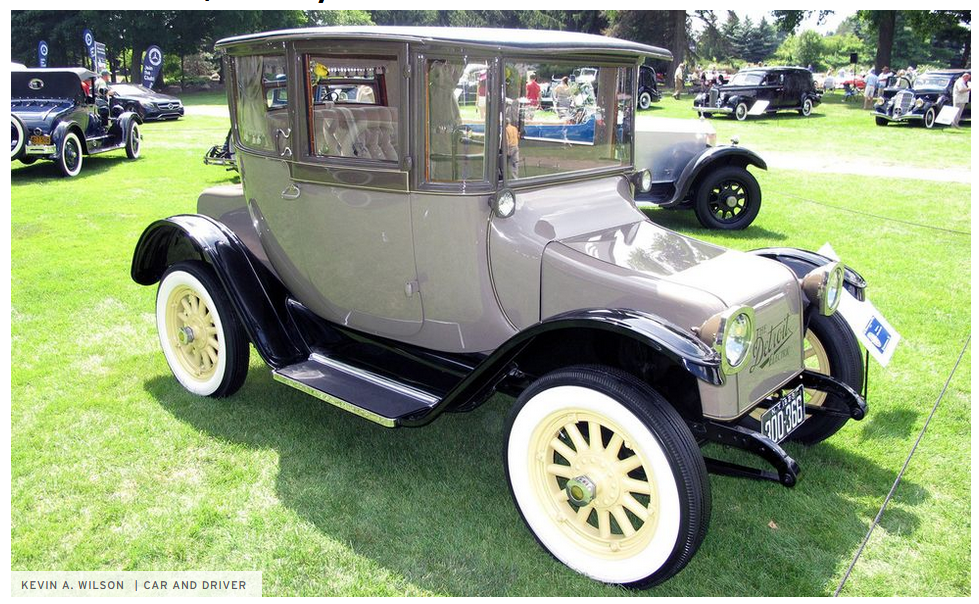
Everything Wrong with Electric Cars: EV Pitfalls & Myths